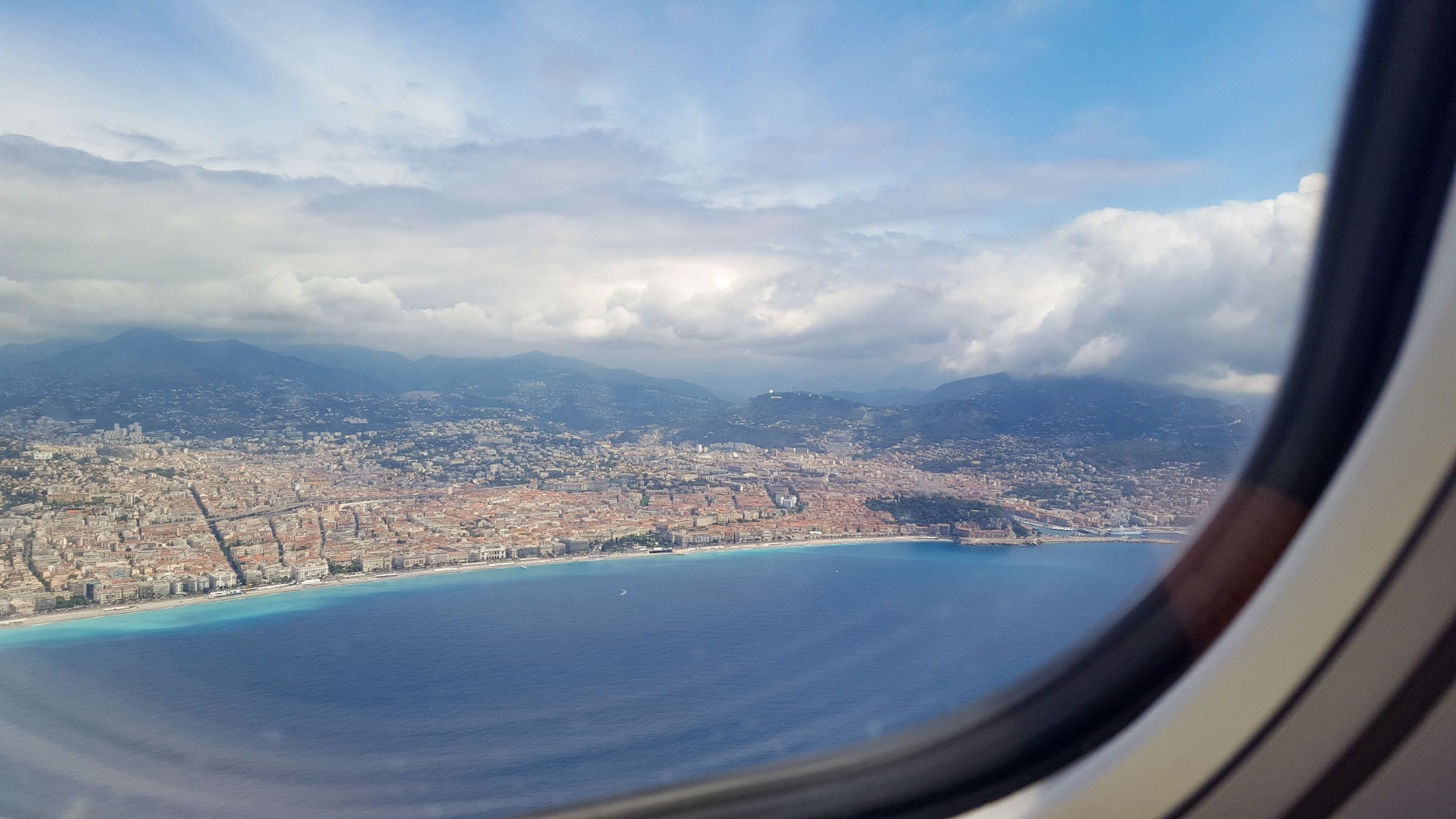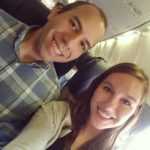“Culture shock” is a term usually reserved for the way you feel when you travel to a culture vastly different than your own. But I think the biggest culture shock I’ve ever experienced occurred upon my return from Europe.
Michael and I had just returned from our first major international trip*—two weeks in England and France—and when we did it was as if we’d stepped foot in a whole new country. Everything around us, including our fellow citizens, seemed big, bright, and loud. I was quickly and easily frustrated by the need to drive everywhere. I found myself wanting to retreat and hide; this “new” day-to-day pattern was not one I wanted to dive back into.
After just two weeks away, I began to question the things in my environment that once seemed normal and commonplace. I mean, how wild is it that two weeks can undo more than two decades’ worth of learning?
Today I thought it would be fun to play reverse tourist and share some of the things that surprised me about my home country:
SEVEN WAYS I EXPERIENCED CULTURE SHOCK AFTER RETURNING HOME TO THE U.S.
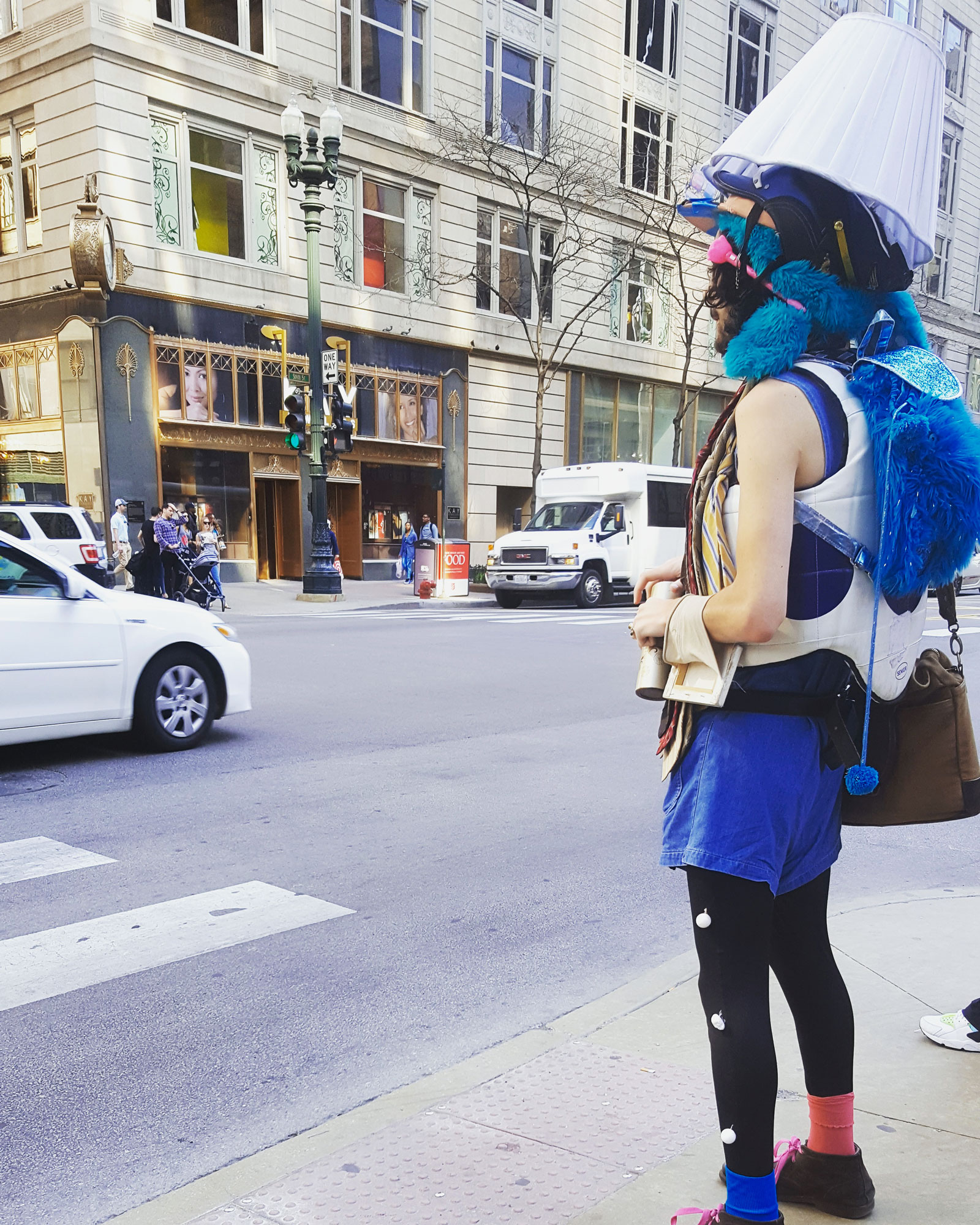
1. People wearing pajamas out of the house
I noticed this almost immediately after stepping off the plane. Not just at the airport, where I could give people the benefit of the doubt that they may have just completed an overnight flight, but during a quick snack stop at Target on the way home at 2 p.m.
There were multiple people (of all genders and ages) sporting items clearly intended for wearing to sleep. Character pajamas on grownups and sweatpants paired with socks and sandals were jarring in comparison to the outfits I’d seen on the customers at Monoprix in Paris (essentially, the French equivalent of Target).
For much of the world, it is considered a sign of respect to be well-dressed for those around you. Applying that same line of thought here? It’s clear that no one cared about respect for their surroundings.
—
2. HUGE portion sizes and sugar in everything
I’d enjoyed leaving meals in Europe feeling satisfied rather than gut-bustingly full, so it was a shock to my belly when I ordered a meal on the way home from the airport. This is a lesson that carries on to this day, and now Michael and I nearly always share a meal when dining out in the U.S.
I also quickly noticed how sweet everything tasted; though I’d indulged my sweet tooth during our trip, I must have reduced my overall daily sugar intake without realizing it. Everything from a simple slice of bread to a salad dressed in vinaigrette now had a detectable amount of sugar in it. I learned to check labels when available and began making my own condiments when possible to stave off the sugar creep.
—
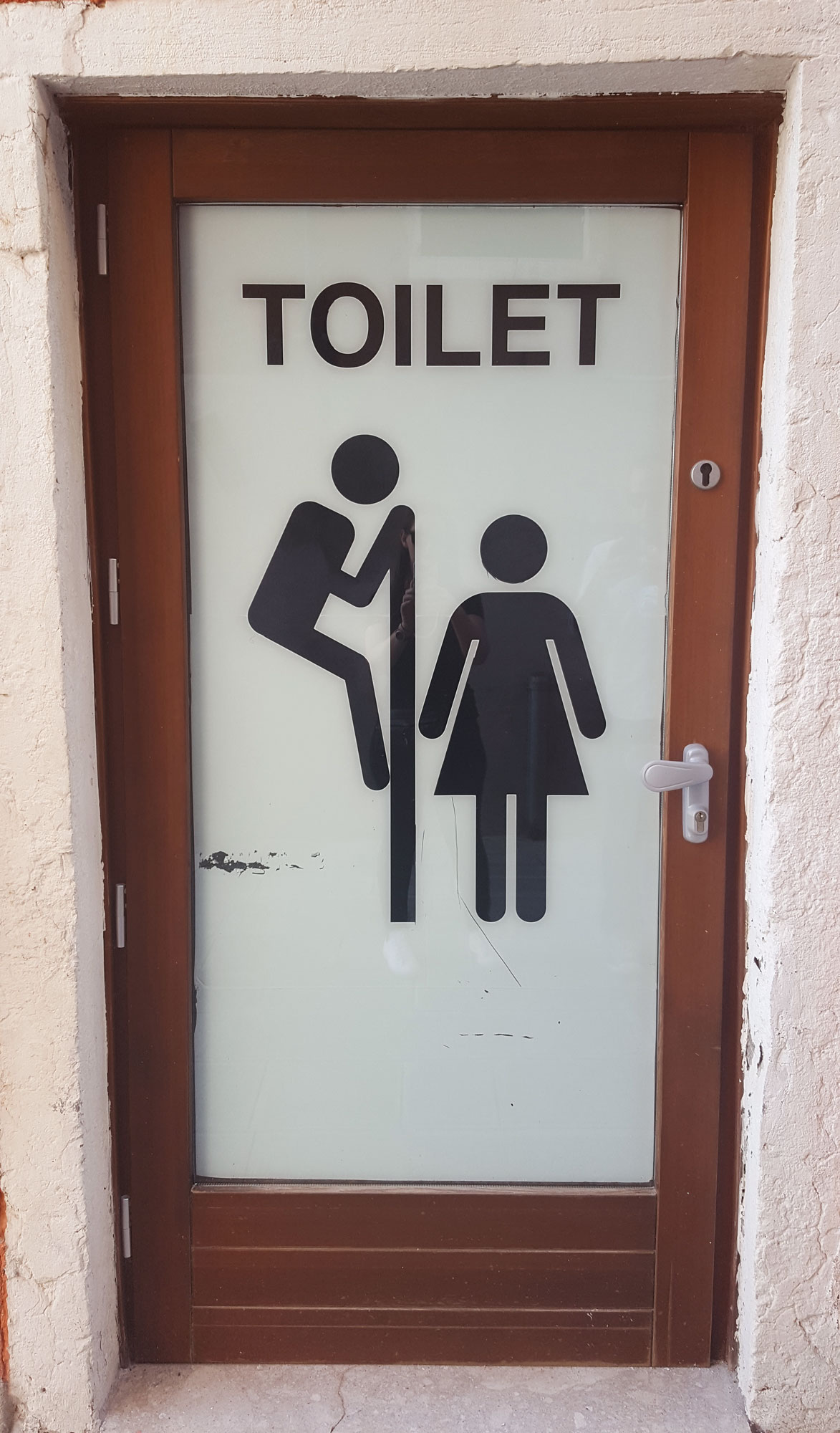
—
3. Lack of privacy in the restroom
In Europe, I’d grown accustomed to full-length doors in the toilet stalls; in the U.S. the stall door feels like a formality, half-heartedly there for the sake of being there. Though I was grateful to return to restrooms that are usually stocked with paper, I do not appreciate seeing and being seen through large cracks and gaps between the stalls and the floor and ceiling. I’d rather read a tab on the door indicating whether or not the stall is occupied than have to do that awkward thing where you peek under the stall door looking for feet.
—
4. Prescription medication commercials on TV
This one fascinates me to this day, although the more I read about our healthcare industry, the less surprised I feel. Turning on the TV for a short while in the evenings is still a way we relax, although these days we’re more apt to stream than watch live TV. But when we do watch a live show with commercial breaks, nearly every break contains a commercial for a prescription product.
This practice is illegal in other countries, which makes complete sense once you think about it. I’m not a doctor, so realistically, I shouldn’t be the target of these ads. Yet nearly every ad is identical—a person has a health problem, they discuss treatment with their doctor and are prescribed the medicine being advertised, and suddenly their life is much better (all the while a narrator is reading the possible side effects of the medicine, such as the increased risk of suicide or internal bleeding). And they all seem to include the phrase, “Ask your doctor about this medicine.”
If my doctor needs my help in determining what medicines I need, then it’s time for me to find a new doctor.
—
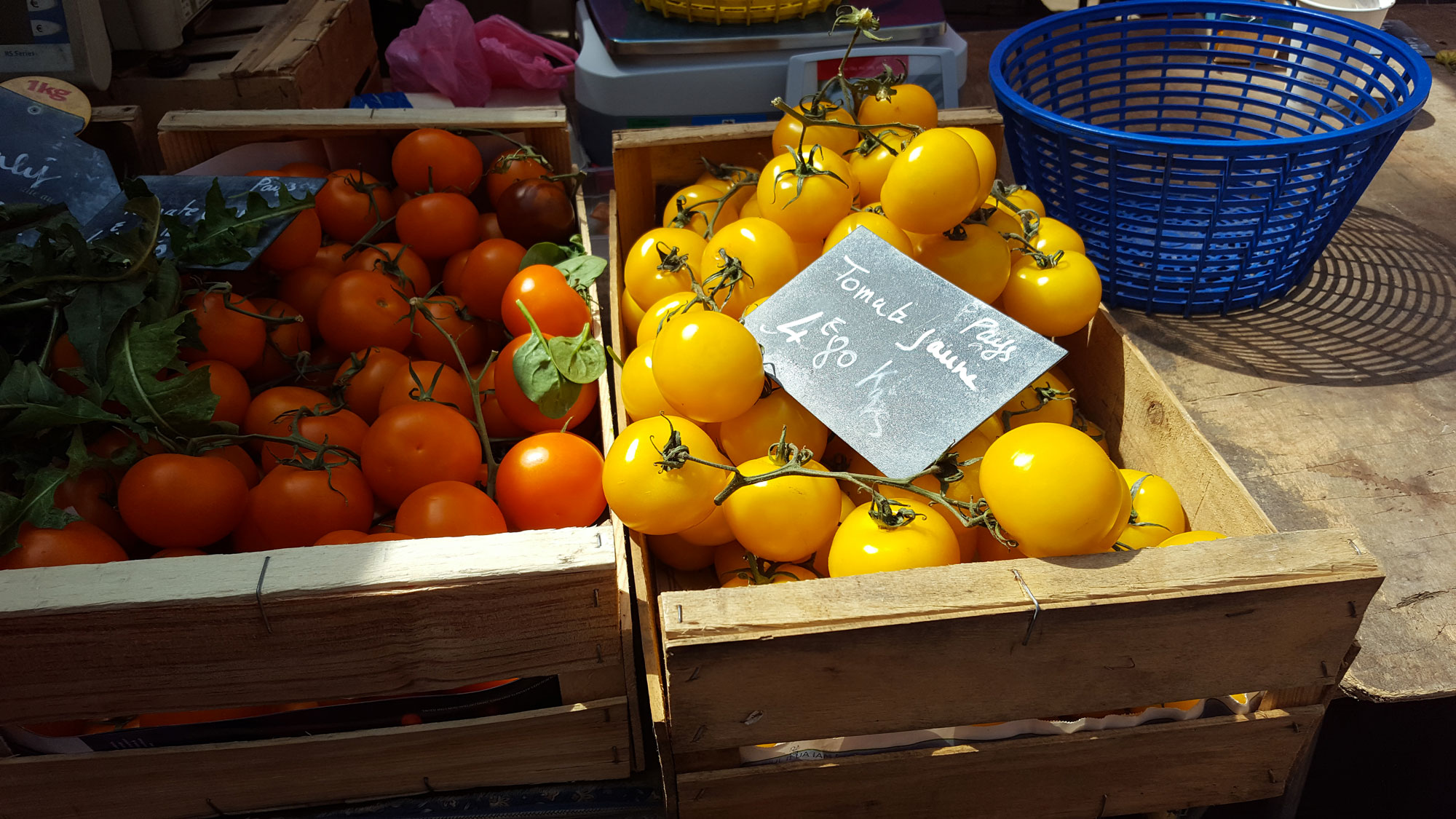
—
5. Buying good produce is a challenge
There is this romanticized view of farmlands and a fresh bounty of produce here in the U.S., but the reality is the majority of the fruits and veggies widely available are chosen for their looks and ability to ship and store well—not their tastes. The produce we purchased in the markets in France was vibrant in flavor and texture, though it may not have been pretty enough to be featured on a magazine cover.
Despite making a conscious effort to buy locally grown, seasonal fruits and veggies at home, it’s still tough to find produce that tastes as it should. We often even strike out at our local farmers’ market, where the prices are too high and the varietals grown are similar to the ones found at the supermarket—simply because they’re reliable.
—
6. Every vehicle seems massive and roadways are much wider than needed
It takes me several days to adjust to driving again after weeks of not being behind the wheel, and I’m now more acutely aware of the noisy gas guzzlers zipping by me with a single driver on a multi-lane highway. Crossing the street as a pedestrian is also more terrifying in the U.S. because most drivers aren’t used to people out walking, and the distance across an intersection can take twenty to thirty seconds to cross.
—
7. The duration of restaurant meals
One complaint I’ve heard about dining in France is that the meals take too long and the service is slow—but that’s actually a good thing. Dining out is expensive, so Michael and I typically treat this occasion as a special night out to enjoy.
After traveling within Europe, I increasingly find service at American restaurants annoying and overbearing. The tipping culture creates an uncomfortable dynamic between the server and the diner, and I don’t want to feel as though I’m being put through a performance that I need to pay extra for. I want to leisurely enjoy my meal and relax, and occasionally have my water glass refilled (and not have to answer that yes, everything is still fine).
Thanks to our time-is-money culture, there is also pressure to get meals out quickly, eat quickly, and turn tables quickly. To combat this, we seek out mom-and-pop restaurants or counter-service pubs where we can comfortably linger.
FINAL THOUGHTS ON CULTURE SHOCK AFTER RETURNING HOME
Travel expands our horizons and, paradoxically, makes the world a bit smaller. For those of us in the U.S., where the idea of being the “greatest” nation is deeply ingrained in our education system, it’s more important than ever to step beyond our borders and experience how other cultures view and navigate the world. Whether it simply brings a smile to your face or inspires you to create positive change in your community, the perspectives gained through travel are sure to remain with you forever.
—
*(though I'd taken a number of family cruise vacations as a child and visited the U.K. once before as a college student with my grandmother, being able to create our own itinerary caused the greatest impact).
Enjoyed this post? You may also like:
- How to Find Cheap Flights
- 20 Questions You Should Ask a Potential Travel Partner Before You Leave Home
- How to Split Travel Costs When One Person Makes More Money
- 5 Easy Ways to Save Money This Week (for your next trip!)
- What Happens When You Cancel a Non-refundable Trip?
- Dinner Party Survival Kit: 20 Travel-Themed Conversation Starters
- 5 Easy Things You Can Do Today to Save for Your Next Trip
- I won a trip! (Now what?)
- Why You Should Always Pack a Bandana When You Travel
- All Travel Guides by Destination
- Checking In: Hotel Reviews
- Shop My Closet
- Exclusive Discounts + Promo Codes
Have you ever felt a reverse culture shock when returning home from an international trip? What “normal” things suddenly felt strange to you?
